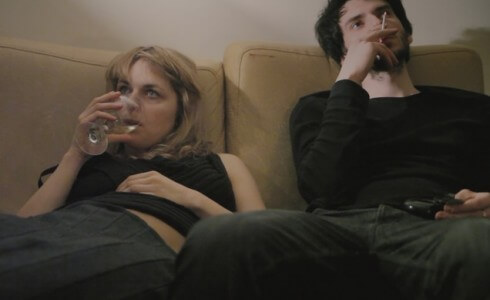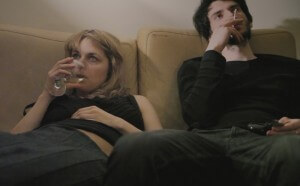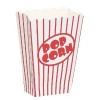Movie a Day Blog finds this year’s complement of Oscar-nominated Documentary Shorts to be the strongest in recent memory. They also indicate a new and interesting development in the personal documentary that serves as the visual memoir, a cousin but not a sibling to its literary counterpart.
The most riveting short (at 40 minutes, this seems the popular length this year) is probably CRISIS HOTLINE: VETERANS PRESS 1 (2013, Theatrical). Filmed exclusively inside the only call center for veterans contemplating suicide or violence, CRISIS HOTLINE follows several real-time events that are incredibly dramatic. Director Ellen Goosenberg Kent does an outstanding job of dispassionately recording them, which only increases their impact.
What makes the film so effective is that we are seeing and hearing only one side of these intense conversations; it helps that the technique the counselors offer is called reflective response, repeating everything the caller says back to them. It both shows they’re listening, and it makes the caller hear their own statements, often helping them to calm down.
Given the timely and horrible nature of this issue (22 veterans kill themselves each day, a total body count that exceeds our military losses in Iraq and Afghanistan), CRISIS HOTLINE has to be the Academy Award favorite. Even if some voters have stronger preferences, it would be difficult to argue this film does not deserve the Oscar.
I found OUR CURSE (2013) to be equally powerful, however. Tomasz Sliwinski, a Polish film student, and his wife, have a baby that turns out to be the victim of a terrible genetic disorder, one that leaves their son at risk of his heart stopping every time he falls asleep.
Setting a camera on a tripod, Sliwinski records all the painful conversations between him and his wife, drinking wine and smoking cigarettes as they try to deal with this abrupt dislocation of their lives. They struggle with the medical requirements of their child Leo, who needs constant monitoring with a mechanical ventilator that must be inserted into his throat. Some of the scenes in OUR CURSE are extremely painful to watch, and the short’s title seems all too appropriate.
Yet the ending proves surprisingly uplifting, and at 28 minutes, OUR CURSE is a penetrating statement about the resiliency of the human spirit and the enduring power of love.
JOANNA (2013) follows the end of the life of the title character, a Polish woman dying of cancer who started a blog that became popular throughout Eastern Europe. In its she details her daily life with her husband and 5-year-old son, and filmmaker Aneta Kopacz peers in on her as she slowly, inevitably wastes away.
It’s a haunting meditation on life and death, but it also seemed a little staged and melodramatic as the end approached. I found it ultimately less affecting than OUR CURSE.
The most memorable short documentary for me was THE REAPER (2013), a 30-minute Mexican film by Gabriel Serra that focuses on a worker in a rural slaughterhouse whose job is to kill 500 bulls a day with a mechanical hammer. He’s been doing it for 25 years, earning his sobriquet and philosophizing about a subject with which he is well acquainted: death.
What makes REAPER so interesting is the way Serra films it, as an art documentary: random shots of the slaughterhouse and its denizens, the soon to be slaughtered cattle. Serra has cut holes in metal sheds and ramps to film the bulls as they make their way to their demise, their eyes widening with fear as they realize what lies ahead.
Efrain Garcia, the title character, says, “Everyone can kill. All you need is the experience.” THE REAPER is weakened by unnecessary footage of Garcia at home with his family. Although he looks as stunned as the bulls, and maybe that’s Serra’s point.
The final entrant, WHITE EARTH (2014), is an offbeat documentary looking at the impact on the isolated areas of North Dakota now filled with oil workers and their families. Christian Jensen is trying to explore the latest iteration of the American dream, but his characters seem removed from any reality of existence.
There are arresting images and some oddball characters, but WHITE EARTH paled in its impact next to the other films discussed above. Once again, the democratization of movie-making equipment has led to deeply personal and moving films like the best of this year’s nominees.



Comments are closed